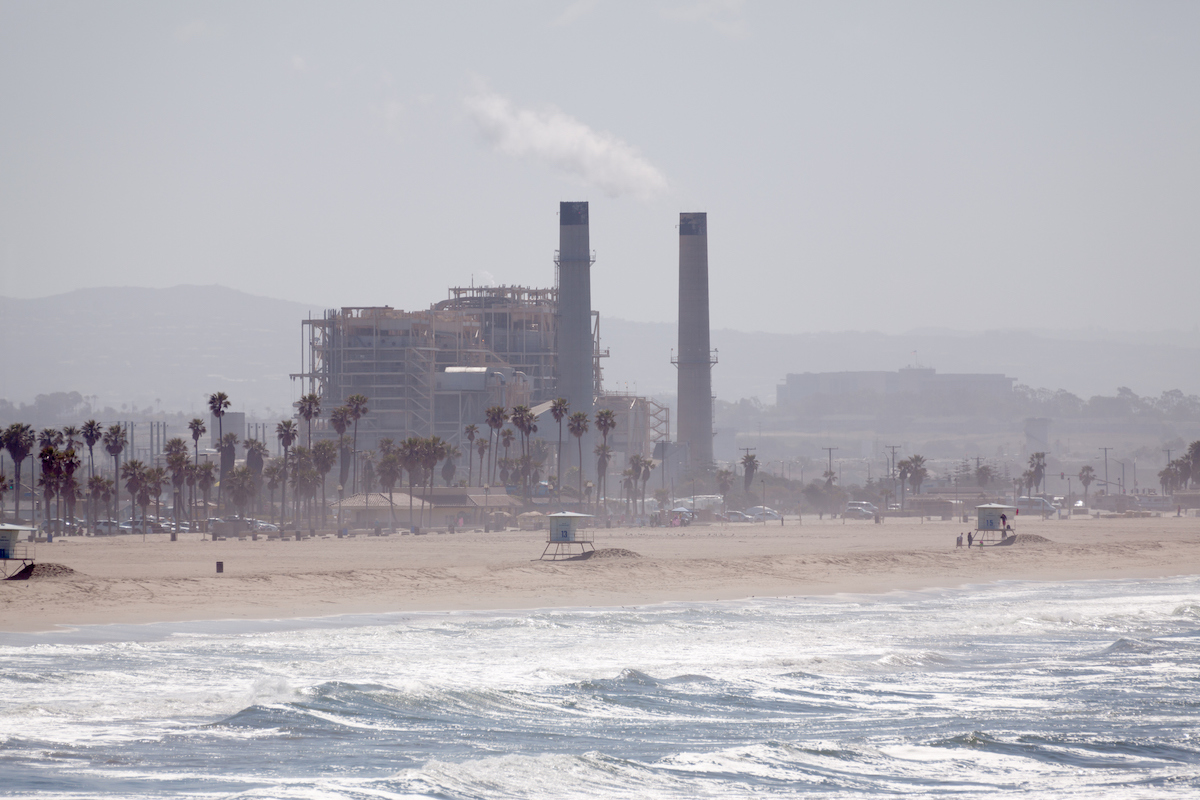In the last year, we have seen firsthand that we are woefully unprepared for the climate crisis. From record heat waves and wildfires in California to a polar vortex in Texas, climate disasters have threatened our health and safety, and interrupted crucial services like electricity. These threats were felt most acutely in environmental justice communities that endure structural racism and systemic inequities, leaving them with fewer resources to manage through cascading crises.
In this post, we are going to highlight a few recent decisions by state agencies and elected officials that demonstrate their failure to reimagine what safety and reliability mean for Californians in this new era of climate disasters. These latest disasters highlight the fragility of the electric grid, a result of decades of underinvestment. They also put the spotlight on our state’s failure to develop and implement strategic, timely investments that take climate change into account and prepare our communities for the extreme weather events that are becoming the new normal.
Although California does accept the science of climate change, state regulators and decisionmakers have yet to demonstrate that they grasp the scale and urgency of the actions required to limit further warming while adapting to a warmer world, the consequence of greenhouse gasses already emitted into the atmosphere.
How did we get here?
After the rolling blackouts of last August, state leaders began planning ways to ensure that we have adequate power to keep the lights on when the next extreme weather event happens. They investigated the reasons behind the blackouts, and released their final root cause analysis, which concluded that the rolling blackouts were induced by three main factors: 1) climate change, 2) unplanned outages at gas plants, and 3) an operating error that inadvertently sent power to other states, rather than keeping that power in-state for Californians in need.
The analysis also found that we needed to build new energy resources like battery storage to help meet demand in the early evening hours. Critically, the root cause analysis urged rapid procurement and deployment of new clean energy resources, rejecting false narratives put forward by fossil fuel lobbyists that sought to blame clean energy for the blackouts.
It was not until late November that the California Public Utility Commission (CPUC) pursued two big opportunities to address near- and long-term responses to the climate crisis. First, it began to explore the strategy of having power providers purchase additional energy that we may need to help keep the lights on this summer and beyond. Second, it considered lowering the electric sector’s greenhouse gas targets for 2030 — a broadly supported outcome that would have driven demand for more clean energy development in the coming years.
Stakeholders and experts in both processes recommended that California purchase energy that doesn't pollute or worsen the climate crisis. For example, rather than investing in gas plants to prepare for this summer, the state should prioritize programs that provide fair compensation to big energy users to reduce their electricity use in times of peak demand when power reliability is jeopardized. This would also allow vulnerable populations and working families to stay cool and safe in extreme heat by not having to worry about turning off their air conditioner in 120-degree weather.
Despite strong community support for the clean energy outcomes in both proceedings, the CPUC fell back on the old talking point that “the electric sector is meeting its climate goals,” and kept the greenhouse gas target that is detached from climate science, while also authorizing ratepayer dollars to be spent on more fossil fuels that will continue to make every year hotter and drier.The CPUC voted on these two bad decisions despite pressure from community members to lead on climate — the same communities that the CPUC gave false hope to at their October 2019 meeting, where they committed to never again support gas generation.
What comes next?
There is no doubt that a lot of hard work remains to be done to reimagine and rebuild our energy system in such a way that is reliable and resilient for vulnerable Californians who can’t afford to go without electricity. Still, the frustration and disappointment from communities is palpable. A clean grid that delivers equitable and just benefits is the backbone of the clean energy transition. Sadly, our state missed a golden opportunity to take a necessary step forward.
Environmental justice communities on the frontlines of the climate crisis will continue to show up and demand more from our state leaders. California still has an opportunity to avoid the worst impacts of the climate crisis. We hope California corrects course and takes meaningful action toward transitioning away from fossil fuels, creating much-needed jobs in the clean energy economy, and demonstrating to the world that we are still a climate leader and a newfound leader on equity.
